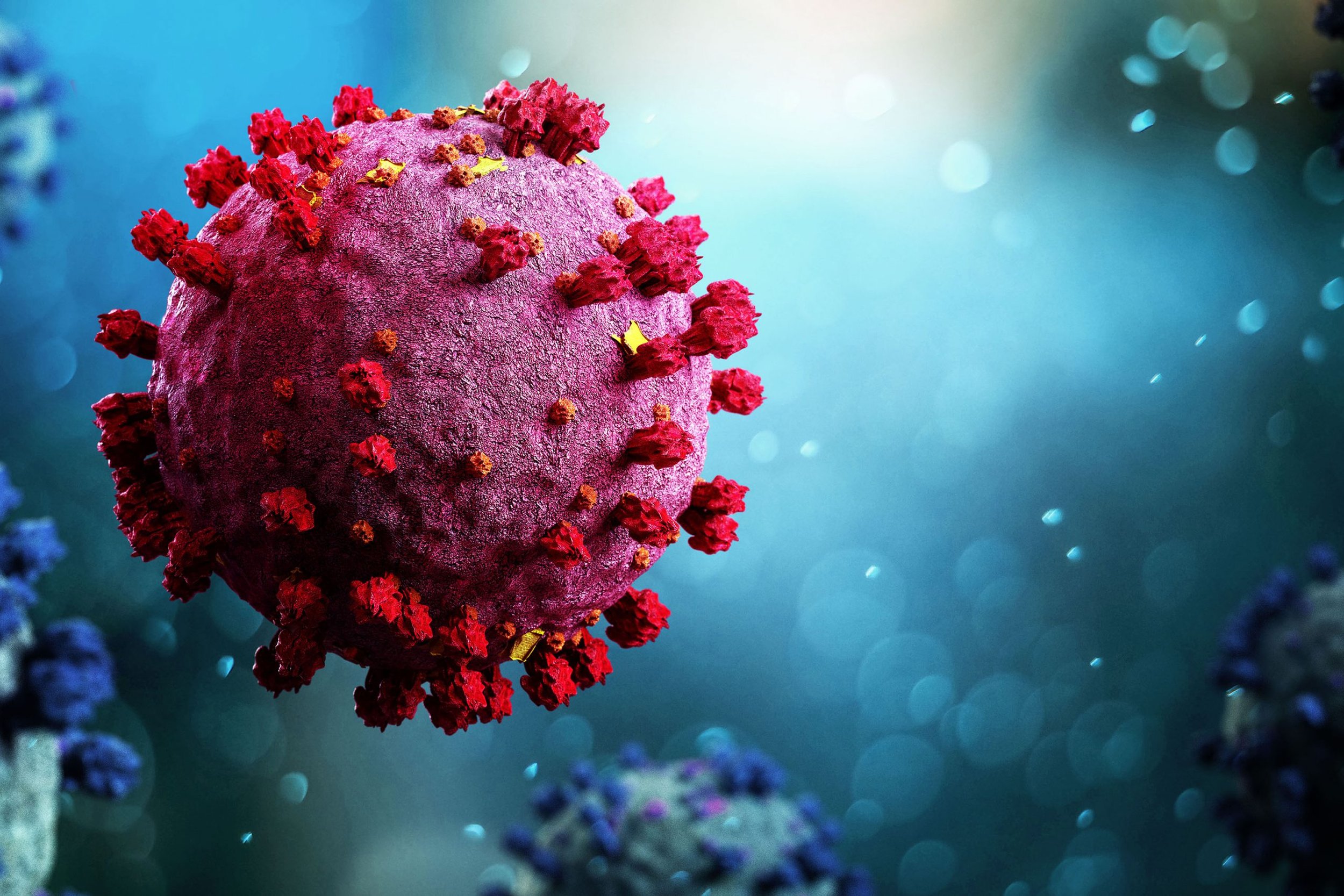California Occupational COVID Incidents Down Sharply
Wednesday, November 3, 2021
Workers’ compensation claims for COVID-19 relative to statewide infections have fallen from more than 10% in 2020, to less than 2% for most of 2021
Good news in the fight against the pandemic. In the largest economy in the country, California, where COVID "presumptions of causation" are some of the most worker-friendly in the country, frequency of events has gone down over 80%. For those in the "please make it go away" category as myself, welcome news of not an end, but at least improvement, to the war on COVID....
I'll take it. Have a safe week -
From our friends at WorkComp Central
Workers’ compensation claims for COVID-19 relative to statewide infections have fallen considerably, from more than 10% in the early days of the pandemic to less than 2% for most of 2021, according to new data from the Workers’ Compensation Insurance Rating Bureau of California.
In the first four months of the pandemic, there were 25,500 work comp claims for COVID-19 among about 233,000 statewide infections, a ratio of about 1 in 10. Starting in July 2020 and continuing through November, there were 49,100 comp claims among 993,000 statewide infections, a ratio of about 1 in 20.
Statewide infections jumped during the winter surge to 2.25 million, but while comp claims also increased to 69,400 during the three-month period from December through February, the ratio relative to statewide claims fell to about 1 in 30.
Since March 2021, the ratio of comp claims to statewide infections has been about 1 in 50, with 13,900 comp claims and 767,000 total infections.
Of the approximately 158,000 claims filed in 2020 and 2021, 68,000 were against self-insured employers and 90,000 were insured claims.
“About 43% of COVID-19 claims have been reported by self-insured employers,” the WCIRB report notes. “Typically, about one-third of non-COVID-19 claims are self-insured employer claims.”
The WCIRB also reported 1,056 death claims relating to COVID-19, including 858 in 2020 and 198 in 2021. Fewer than 500 death claims are filed in a typical year. The rating bureau added that COVID-19 death claims are often reported late and that totals for 2021 will likely increase.
The WCIRB’s report suggests that the health care sector was especially hard hit. About 22% of the reported death claims came from health care workers. And COVID-19 accounted for 49% of all indemnity claims filed by workers in the sector.
Public administration had the second-highest percentage of COVID-19 indemnity claims at 34%, followed by clerical workers at 21% and finance at 17%.
The average cost of a COVID-19 claim, with $6,781 in medical benefits and $5,697 in indemnity benefits, was about 8.1% lower than the average non-COVID-19 claim with $7,775 in medical benefits and $5,800 in indemnity.
While COVID claims tend to be less expensive than other injuries, the WCIRB reports 1.2% of virus-related claims incurred losses of $500,000 or more, about four times the percentage of non-COVID claims.
As a result of a high proportion of small indemnity-only claims for COVID-19, the average incurred cost of $18,151 for COVID claims was about 48% lower than the average incurred cost of $34,704 among non-COVID indemnity claims.
The WCIRB reports far fewer COVID-19 claims were classified as medical-only. More than 40% of 2020 virus claims are for indemnity benefits only with no medical losses, compared to less than 1% of the non-COVID claims.
Denial rates for COVID-19 claims have ranged from three times to more than seven times the denial rate for other types of injuries. In April and May 2020, between 22% and 23% of COVID claims were denied, about three times the average 7% rate. By April 2021, the denial rate for comp claims hit 52% before dropping back down to 31% by August.
“Generally, denial rates have been higher during the period Senate Bill 1159 has been in effect (post-September 2020) with its less expansive presumption of compensability than during the period the governor’s executive stay-at-home order was in effect (prior to 2020),” according to the WCIRB’s report.
SB 1159, enacted in September 2020, created two sets of presumptions — one for firefighters, peace officers and health care workers and the other for all other employees.
The bill presumes that COVID-19 is occupational for firefighters, peace officers and health care workers who test positive within 14 days of going to work or if their claim is not rejected within 30 days.
The bill presumes COVID-19 is compensable for other workers if a claim is not denied within 45 days. It also created a presumption that COVID-19 was compensable for people at a work site experiencing an outbreak, defined to mean at least 4% of people at a company with more than 100 workers tested positive, or at least four people tested positive at a company with 100 or fewer workers.
The presumption Gov. Gavin Newsom created through executive order in May 2020, retroactive to March 19, 2020, presumed that COVID-19 was a compensable disease for anyone who tested positive within 14 days of going in to work.
The WCIRB is holding a webinar at 10 a.m. Thursday to discuss the report. More information is here.
Join the Conversation on Linkedin | About PEO Compass
Contact Professional Employer Organization (PEO) Expert, Paul Hughes
Paul Hughes has been working with the Professional Employer Organization (“PEO”) industry since 1995 and data management since 2005. He is responsible for the day to day operations of both Libertate Insurance Services, LLC and RiskMD, which reports into the overall Ballator Insurance Group family of companies. Learn more about Paul.
Specializing in PEO Services: Workers Compensation, Mergers & Acquisitions, Data Management, Insurance Focus on: Employment Practices Liability (EPLI), Cyber Liability, Health Insurance, Occupational Accident, Business Insurance, Client Company, Casualty, and Disability Insurance.

